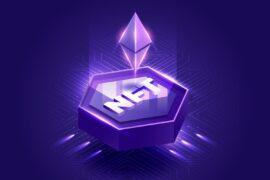
One of the most important factors to search engines in determining the relevance of a website for a particular search term is the number of high-quality, in-bound links. The hope, of course, is that your “how to” article content will be so good that many websites will want to link to it. However, you can increase your chances of getting quality links by increasing the number of people and web channels that come across your content.
Tip: For valuable potential inbound links (those from highly credible and relevant websites), you may want to consider following up your e-mail with a phone call. A quick phone call can often be more effective than an e-mail.
Claim up to $26,000 per W2 Employee
- Billions of dollars in funding available
- Funds are available to U.S. Businesses NOW
- This is not a loan. These tax credits do not need to be repaid
Jeremy Ames is the executive editor and CEO of NuWire, Inc. NuWire, through NuWireInvestor.com, provides news and information on real estate investment and other forms of alternative investing. Mr. Ames has built a career around service based businesses for investors. In addition to founding NuWire, Inc., he has also co-founded an investment focused real estate brokerage and a financial services firm specializing in self-directed investing (Guidant Financial Group, Inc.). In 2007, he received recognition as the Small Business Administration’s (SBA) Young Entrepreneur of the Year.



